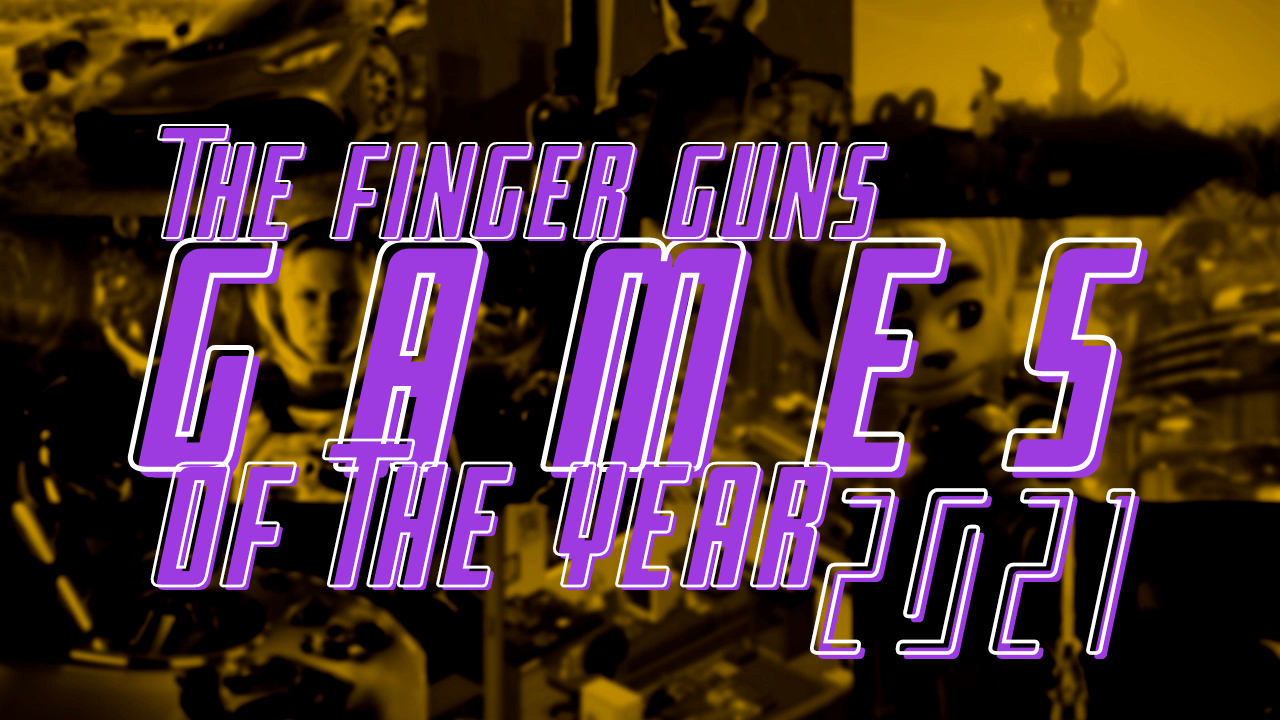Toby Andersen’s Choices
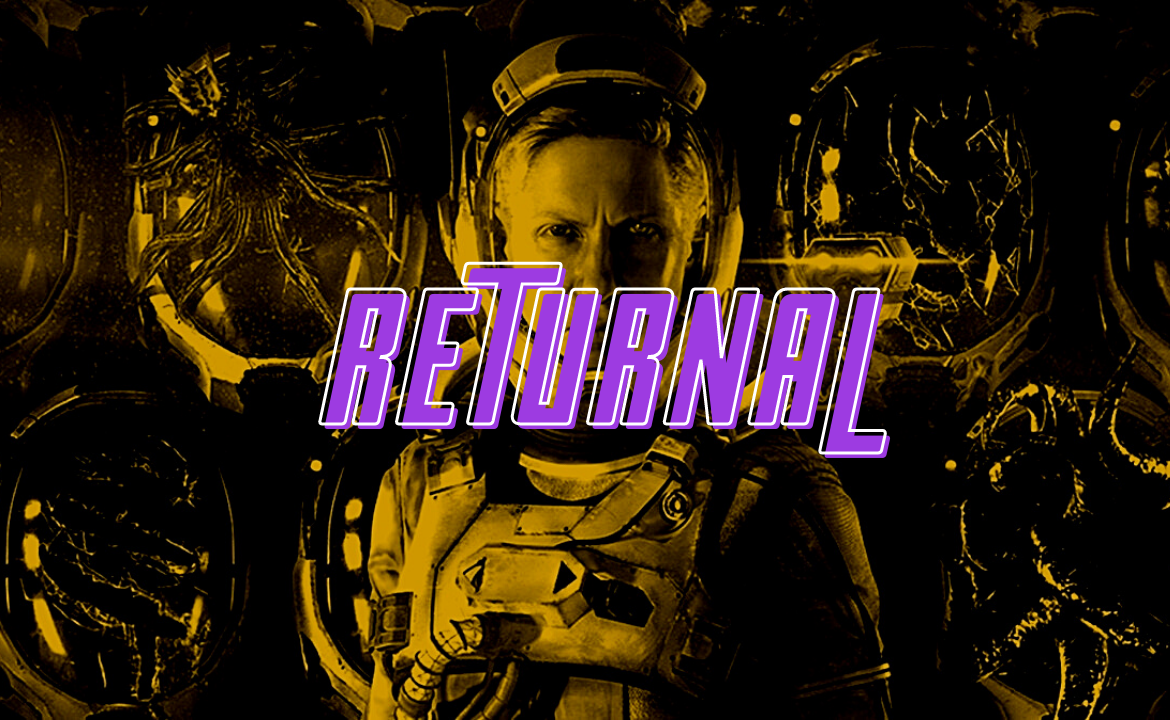
2021 was a year of surprises. Never would I have believed, at the start of the year, that a roguelite would make my top five, let alone be my game of the year! I’m normally all about the stories, the long RPGs and such, as you’ll see below. Returnal is one of just a handful of roguelites so far, leading the charge, with meaningful and tangible narratives. A brand new narrative structure where you go back and do the same thing over and over, works powerfully well when combined with a Groundhog Day-like scenario. Every day, every life, you do the same thing, only you get a little further or you reveal a little more.
But what I should have predicted and didn’t, was that Housemarque’s gameplay genius would shine through in their first 3D shooter so strongly. From the moment I started I was hooked on the dodging, bullet-hell gameplay, the risk and reward of pushing a little further each run, the slow burn earning of new weapons, items and skills. I didn’t care that you had to do it all in one go while the save system was punishing earlier in the year. I didn’t care that it was difficult as a bullet-hell souls-like.
I just became completely addicted. Lulled into run after run, every evening I would push a little further, beat another boss, or discover new items. I got better and better at it, to the point it became the first game I have ever, ever, placed in the top ten of a leaderboard on daily challenges. My runs were some of the very best in the world for a small period of time and that left me with a fuzzy feeling inside. Eventually I plugged more than 80 hours into it on the way to being one of the few with such an elusive platinum.
Selene’s descent into the ever-shifting mysteries of Atropos is as engaging for its narrative nuance and freshness, as much as it is for its addictive gameplay. The rewards and systems, the beautifully smooth movement, the unashamed difficulty, the particles physics, the incredible enemies, all combine into something wonderfully memorable. Returnal is my Game of the Year, and I cannot wait to see what’s next from Housemarque.
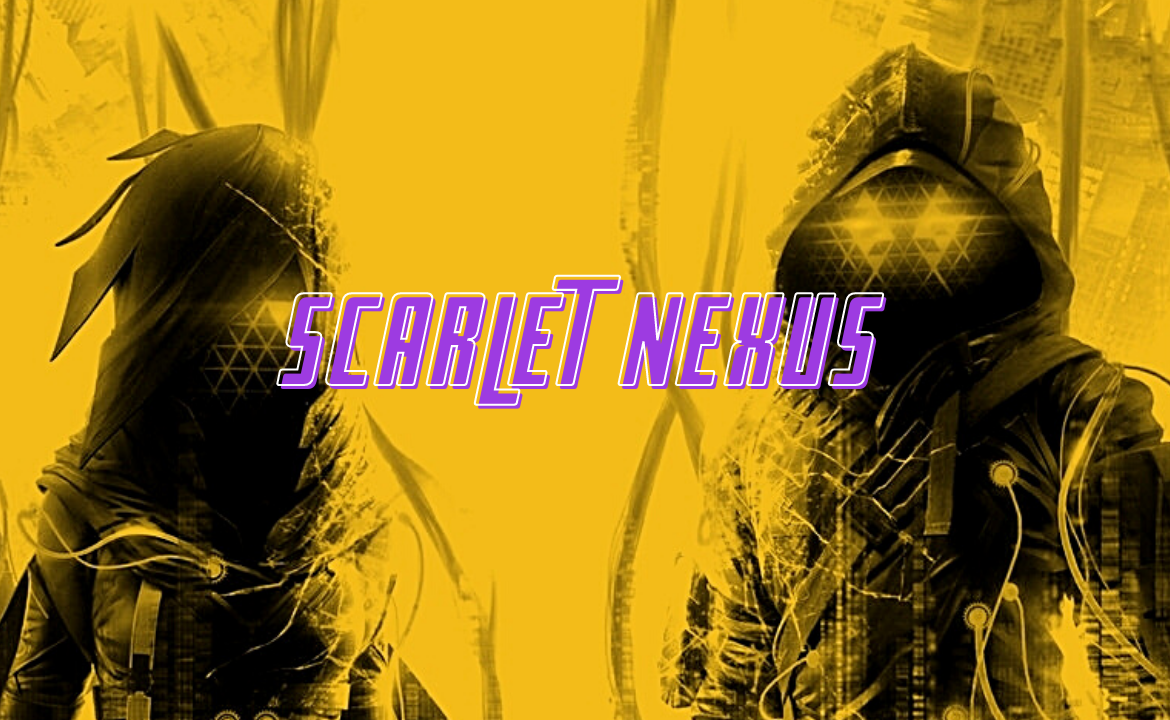
Scarlet Nexus was something of a rarity for me. Whenever a game is my most highly anticipated for the year, I almost invariably get caught out, find the end product nowhere near what I had hoped for. It like a curse. If I think it’ll be great, it will be incredibly disappointing. Scarlet Nexus bucked the trend and broke the curse. MY most anticipated game of the year (once a couple had been pushed to 2022) Scarlet Nexus is a fascinating brand new IP from Bandai Namco, with a team made up of Tales and Code Vein alum.
A sci-fi anime masterpiece, Scarlet Nexus managed to not only tell the most satisfying and most convolutedly perfect RPG story of the year, it was also filled will insanely satisfying combat that made you feel like a psychokinetic superteen, throwing cars around with your mind like it was nothing. Set in a future Japan invaded by the strangest alien Others, only the teenage Other Suppression Force could stand in their way. It’s the first RPG with superpowers instead of magic and it seriously rocked.
I spent every minute of my time with it engaged and interested. Be it the nuanced and quirky cast of characters, the brain-melting storyline, the insane battle system, or the jaw-dropping Unreal engine anime graphics – it didn’t matter. It was all brilliant. I hope it does well enough to spawn a sequel as I would happily join the OPF for another outing.
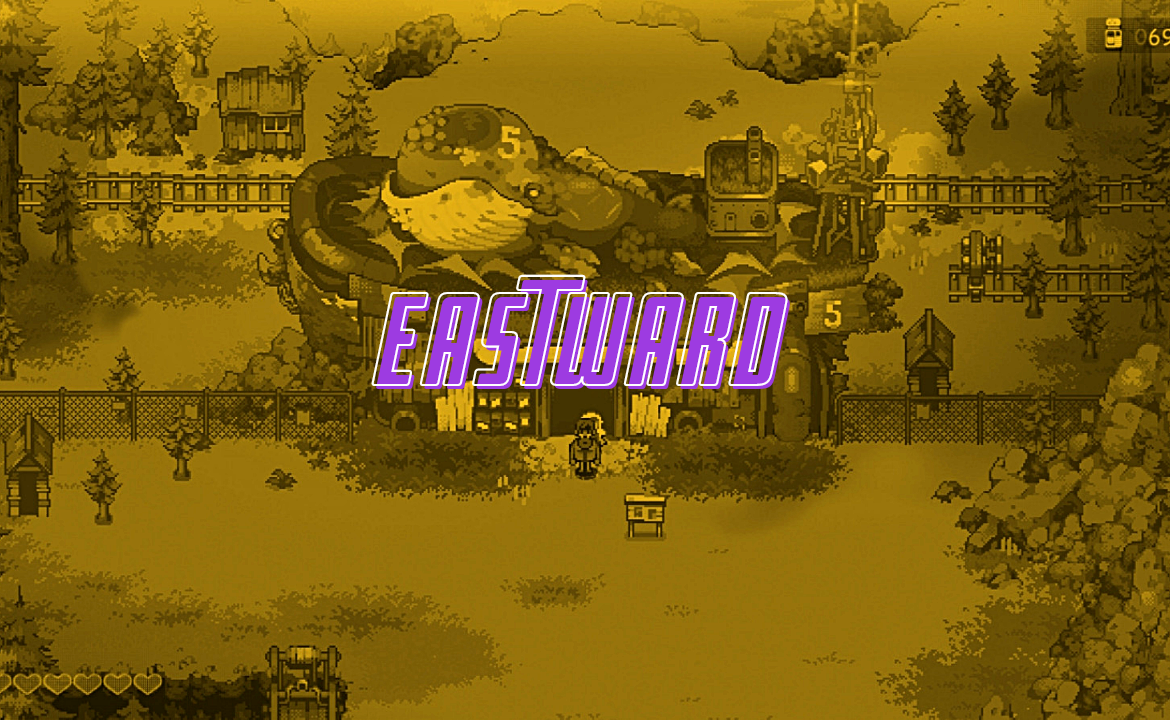
Eastward is an unexpected delight. Clearly made by fans of old school action RPGs like Chrono Trigger, Earthbound and Zelda, Eastward tells a story unlike any of them, but with the sensibility of a game made thirty years ago. Almost the Last of Us as a pixel adventure, Eastward stars the silent and stoic frying-pan-wielding John, and the excitable and charming magical girl Sam, as they leave their underground train station home, and venture out into a post-apocalyptic world.
Travelling, you guessed it, eastward, they follow the train lines to a series of quaint towns and villages all with their own stories and communities living and surviving in this new world. Slowly a story builds of the seeping miasma that killed off all life and the strange science fiction experiments that link Sam with the phenomenon. On top of its compelling story, Eastward two leads nurture a wonderful trusting friendship that involves the player to the extent that, controlling John, you would do anything to save Sam.
She is the bright light in a dark world, innocent and disarming, constantly making friends and keeping the whole game wonderfully wholesome. The friends you make along the way and the wonderfully simple gameplay tease out a compelling tale and draw you along the tracks to the very end. I loved the nods to all the retro games, and the feeling of playing such a modern game, in such a retro style. A beauty for any RPG lover, Eastward was my favourite Switch game this year.
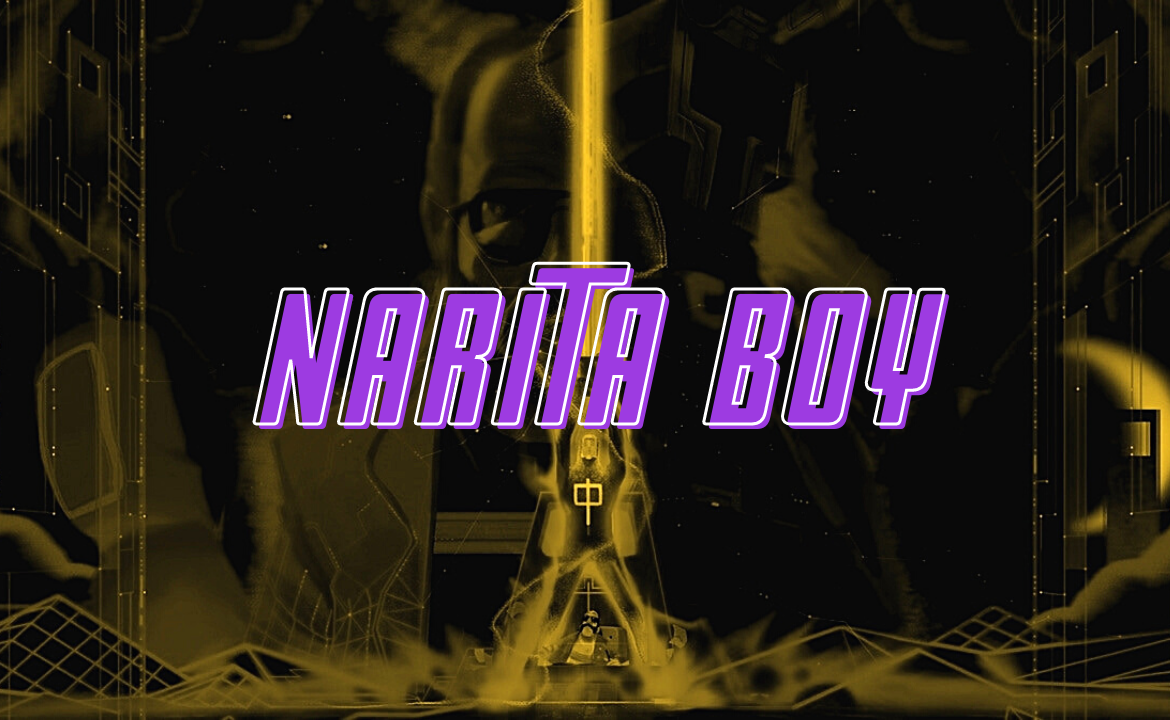
Another tale of a game thankfully living up to my own personal hype train. I followed Narita Boy from its first few months on Kickstarter, from gorgeous retro synth concept, right through four agonising years to full release. I regularly checked up on Studio Koba’s progress as they hired more people, fleshed out their wonderful world and slowly brought this wonderful idea into reality.
Narita Boy is like my eighties wish come true. The world of the Digital Kingdom is like Tron crossed with the Dark Crystal. Somehow it creates a fantasy world inside a computer program, but mythologizes it, makes it real and tangible, and old and lived in. it creates spirits and ghosts in the machine, monsters with the bodies of computers, hoverboards from floppy discs. The Trichroma of RGB light being the triforce of Narita Boy’s world – it’s an example of absolutely wonderfully perfect world-building.
When we finally got a chance to play it, on top of all these incredible ideas, was a lightning-fast 2D combat system, swords that turned to guns, and awesome enemies that demanded quick dodging reflexes. It had a synth soundtrack I have listened to all year since and screen after screen of jaw-dropping pixelart. For me, Narita Boy was an instant classic – a perfectly envisioned world made into an incredibly satisfying videogame.
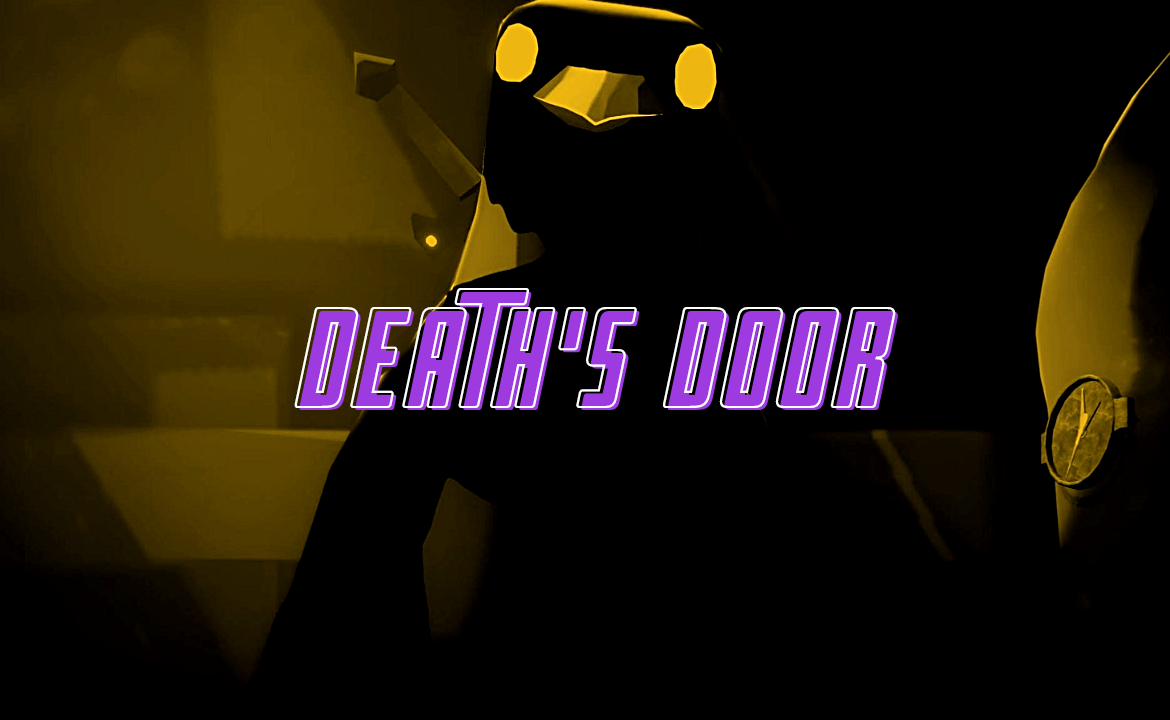
I expected Death’s Door to be good, but I didn’t expect it to enthrall me in quite the way it did. Taking all the best parts of Souls-likes – the difficulty, world design, combat – and none of the less so – stamina gauges, losing all your souls when you die – it manages to create a visceral slasher with satisfying combat that had me constantly coming back for more. Its strange Kafka-esque plot and setting, involving a red lightsaber-wielding crow looking for enough souls to appease a bureaucratic door system is uniquely wonderful, and in a world bleak yet wonderous, Death’s Door managed to evoke Dark Souls and Ico and Zelda at their best.
The dark Ghibli fairy tale was what drew me in, but it was the combat that kept me playing. There are bosses in Death’s Door that I think about even now months after having put it down for good. The twisting malicious laser castle, the insane witch stuffing herself in and out of pots, the dark final crow battle for your very soul; all are contenders for the best bosses I faced all year, and all happened in just one game. A deserving Game of the Year that will undoubtedly feature in many of the year’s roundups.
